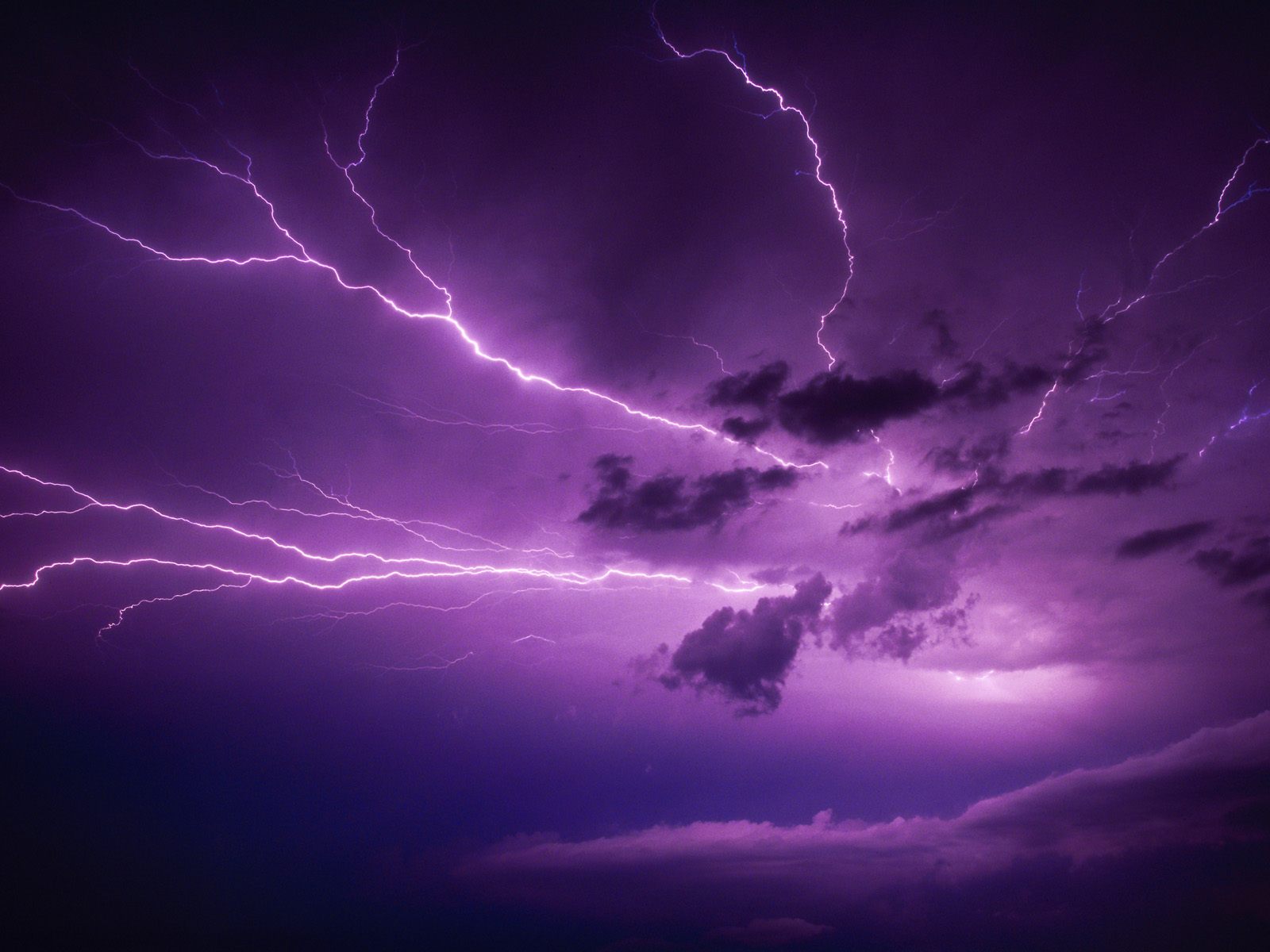Saturday, July 30, 2011
NEBULA WALLPAPER
There are three licenses available. These licenses differ in their requirements for pre-installed versions of Mac OS X: Snow Leopard is available as an upgrade for Intel-based Macintosh computers. Single-user licenses and "family pack" licenses for up to five computers are available. For qualifying Mac computers bought after June 8, 2009, Apple offered a discounted price through their "up to date" program provided that customers' orders were faxed or postmarked by December 26, 2009. The standalone retail version of Snow Leopard is marketed as being restricted to users of Mac OS X Leopard, while the recommended upgrade path from Apple for Mac OS X Tiger is through the "Mac Box Set", which includes Mac OS X Snow Leopard and the current versions of iLife and iWork. Since Apple moved to using Intel processors in their computers, the OSx86 community has developed and now also allows Mac OS X Tiger and Leopard to be installed and run successfully on non-Apple x86-based computers, albeit in violation of Apple's licensing agreement for Mac OS X. A variety of installation processes can be used, the most common being to use Darwin-based bootloaders commonly known as "Boot 132" designed to emulate an EFI which Intel Macs use instead of a BIOS. This method of installation allows the use of an unmodified Apple installation DVD and the updating of the operating system from the built-in Software Update utility, but will work only on modern Intel-based PCs, unless a modified kernel is added to the pre-boot CD. Modified installation DVDs are also available illegally which offer a more outdated approach to installing. A hardware device capable of being attached to a PC's motherboard has also been released, EFI-X, but it is essentially a USB mass storage device with the needed bootloader. Some ways of running Mac OS X Snow Leopard on certain unsupported hardware have been discovered. Users who have access to supported hardware have installed Snow Leopard on the supported machine then simply moved the hard drive to the unsupported machine. Alternatively, the Snow Leopard Installation DVD can be booted on a supported Mac, then installed on an unsupported Mac via the Firewire Target Disk Mode. Snow Leopard does not support PowerPC-based Macs (e.g., Power Macs, PowerBooks, iBooks, iMacs (G3-G5), all eMacs, plus pre-February 2006 Mac minis and the Power Mac G4 Cube), although PowerPC applications are supported via Rosetta, which is now an optional install. Unlike previous versions of Mac OS X, the goals with Snow Leopard were improved performance, greater efficiency and the reduction of its overall memory footprint. Addition of new end-user features was not a primary goal. Much of the software in Mac OS X was extensively rewritten for this release in order to fully take advantage of modern Macintosh hardware. New programming frameworks, such as OpenCL, were created, allowing software developers to use graphics cards in their applications. This is also the first Mac OS release since System 7.1.1 that does not support the PowerPC architecture, as Apple now intends to focus on its current line of Intel-based products. Snow Leopard was publicly unveiled on June 8, 2009 at the Apple Worldwide Developers Conference. On August 28, 2009, it was released worldwide, and was made available for purchase from Apple's website and its retail stores at the price of US$29 for a single-user license. As a result of the low price, initial sales of Snow Leopard were significantly higher than that of its predecessors. The release of Snow Leopard came nearly two years after the introduction of Mac OS X Leopard (version 10.5), the second longest time span between successive Mac OS X releases. Mac OS X Snow Leopard (version 10.6) is the seventh major release of Mac OS X, Apple's desktop and server operating system for Macintosh computers.
Subscribe to:
Post Comments (Atom)








No comments:
Post a Comment